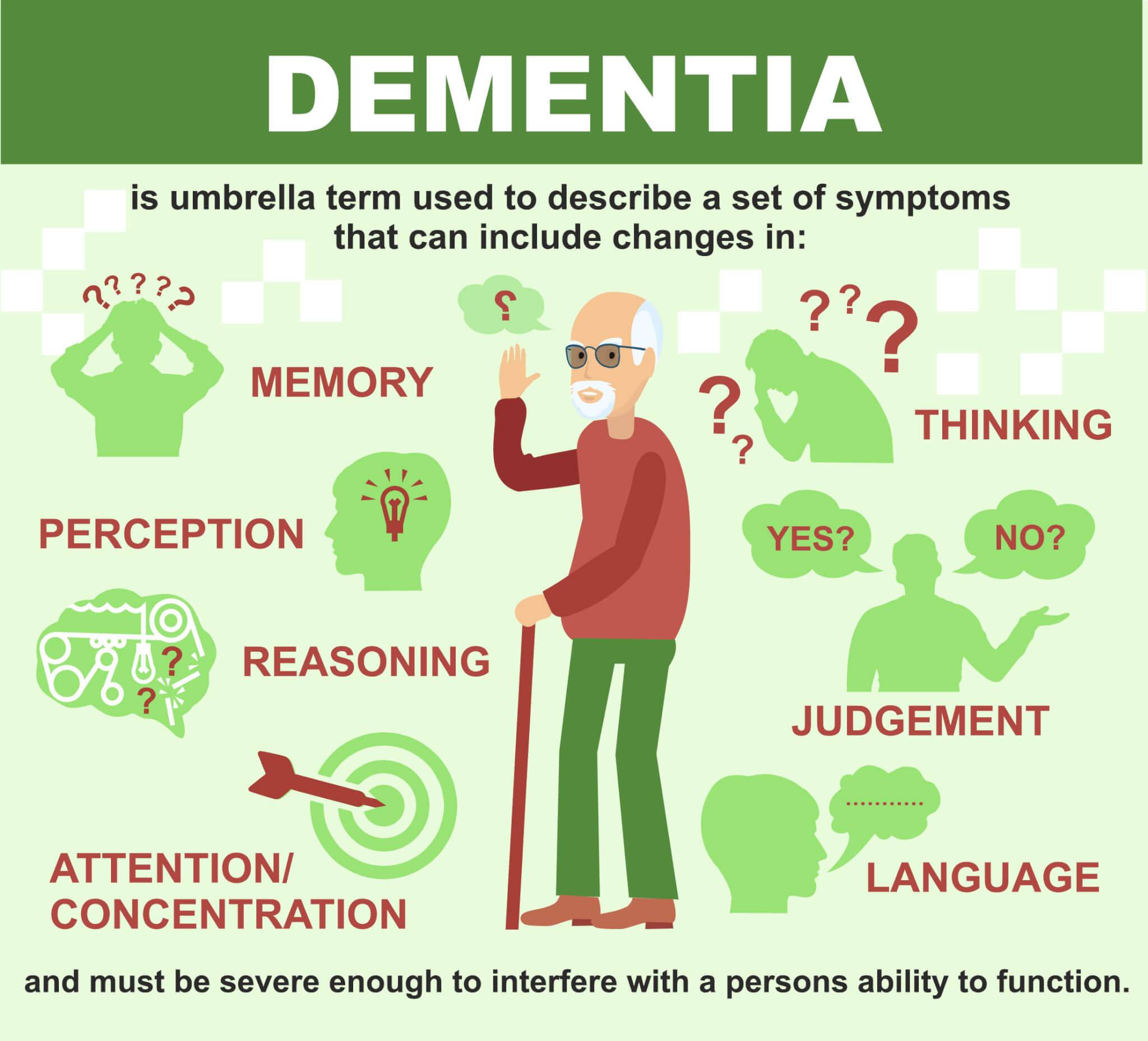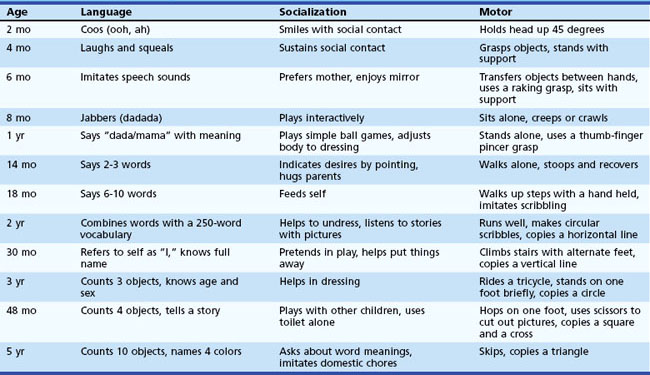



A simple way to calculate IQ is by using the following formula: IQ = mental age ÷ chronological age × 100. If we compare the mental age of a person to the person’s chronological age, the result is the Intelligence Quotient (IQ), a measure of intelligence that is adjusted for age. Once the standardization has been accomplished, we have a picture of the average abilities of people at different ages and can calculate a person’s mental age, which is the age at which a person is performing intellectually. But whether people are actually getting smarter is debatable (Neisser, 1997). There are many explanations for the Flynn effect, including better nutrition, increased access to information, and more familiarity with multiple-choice tests (Neisser, 1998). Although the increase varies somewhat from country to country, the average increase is about 3 IQ points every 10 years. The Flynn effect refers to the observation that scores on intelligence tests worldwide have increased substantially over the past decades (Flynn, 1999). It is important that intelligence tests be standardized on a regular basis, because the overall level of intelligence in a population may change over time. The standardization of a test involves giving it to a large number of people at different ages and computing the average score on the test at each age level. Thus understanding intelligence requires that we know the norms or standards in a given population of people at a given age. A 3-year-old who could accurately multiply 183 by 39 would certainly be intelligent, but a 25-year-old who could not do so would be seen as unintelligent. In fact, the ability to accurately assess intelligence is one of the most important contributions of psychology to everyday public life. Because intelligence is such an important individual difference dimension, psychologists have invested substantial effort in creating and improving measures of intelligence, and these tests are now considered the most accurate of all psychological tests. Good intelligence tests are reliable, meaning that they are consistent over time, and also demonstrate validity, meaning that they actually measure intelligence rather than something else. Those with IQ below 70 are suspected to have ‘intellectual disability’, while persons with IQ above 130 are considered to have exceptional talents.The goal of most intelligence tests is to measure “g”, the general intelligence factor. People with IQ scores in the range of 90–110 have normal intelligence. The mean IQ score in a population is 100. Only a few people have either very high or very low scores. \According to psychologists, IQ scores are distributed in the population in such a way that the scores of most people tend to fall in the middle range of the distribution. IQ means Intelligence Quotient (IQ) which refers to mental age divided by chronological age, and multiplied by 100. The concept of IQ was devised by a German psychologist, William Stern in 1912. Retardation was defined by Binet and Simon as being two mental age years below the chronological age. Chronological Age (CA) is the biological age from birth. In 1908, the scale was revised and the concept of Mental Age (MA) which is a measure of a person’s intellectual development relative to people of her/his age group. In 1905, Alfred Binet and Theodore Simon made the first successful attempt to measure intelligence.


 0 kommentar(er)
0 kommentar(er)
